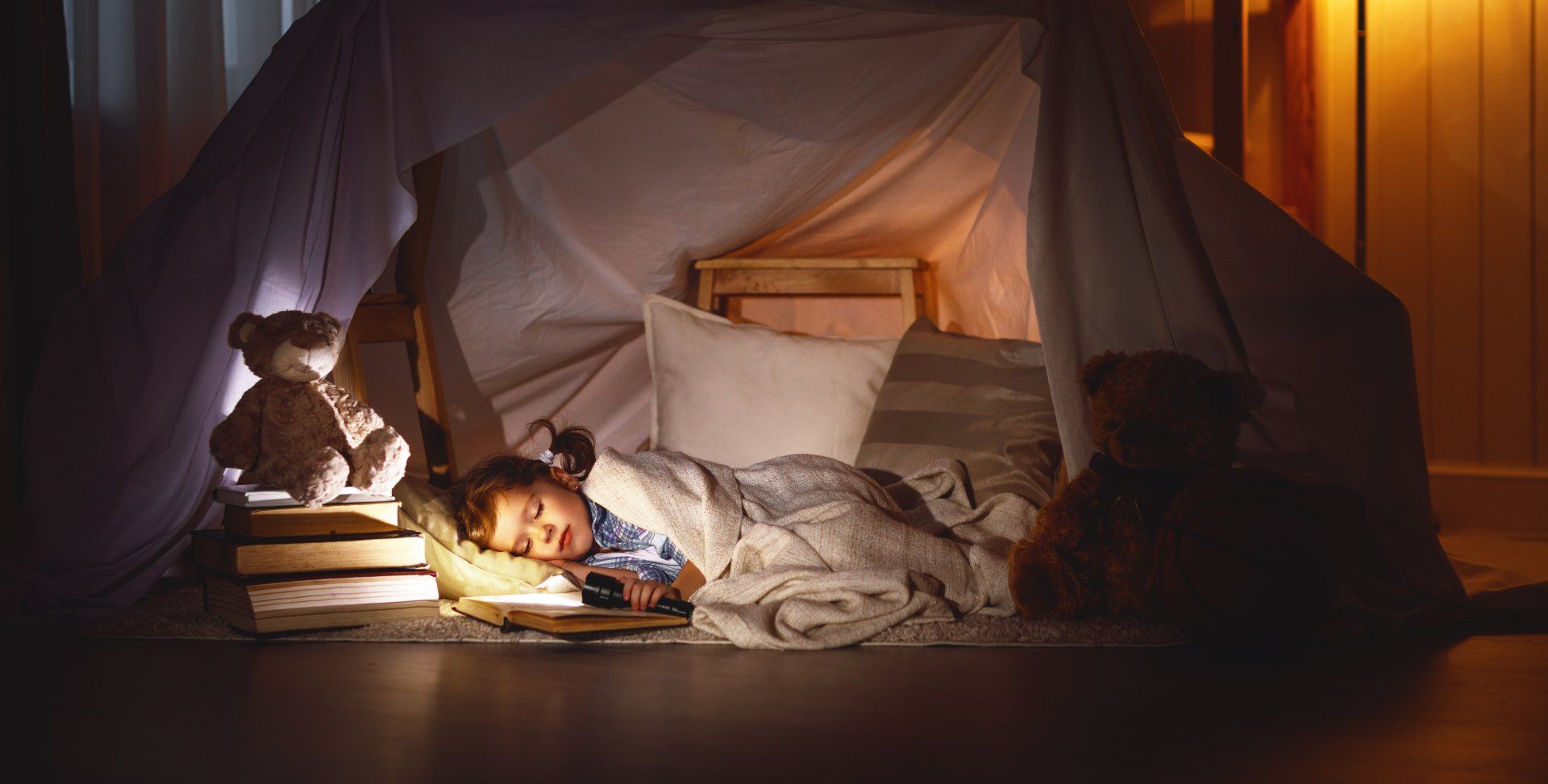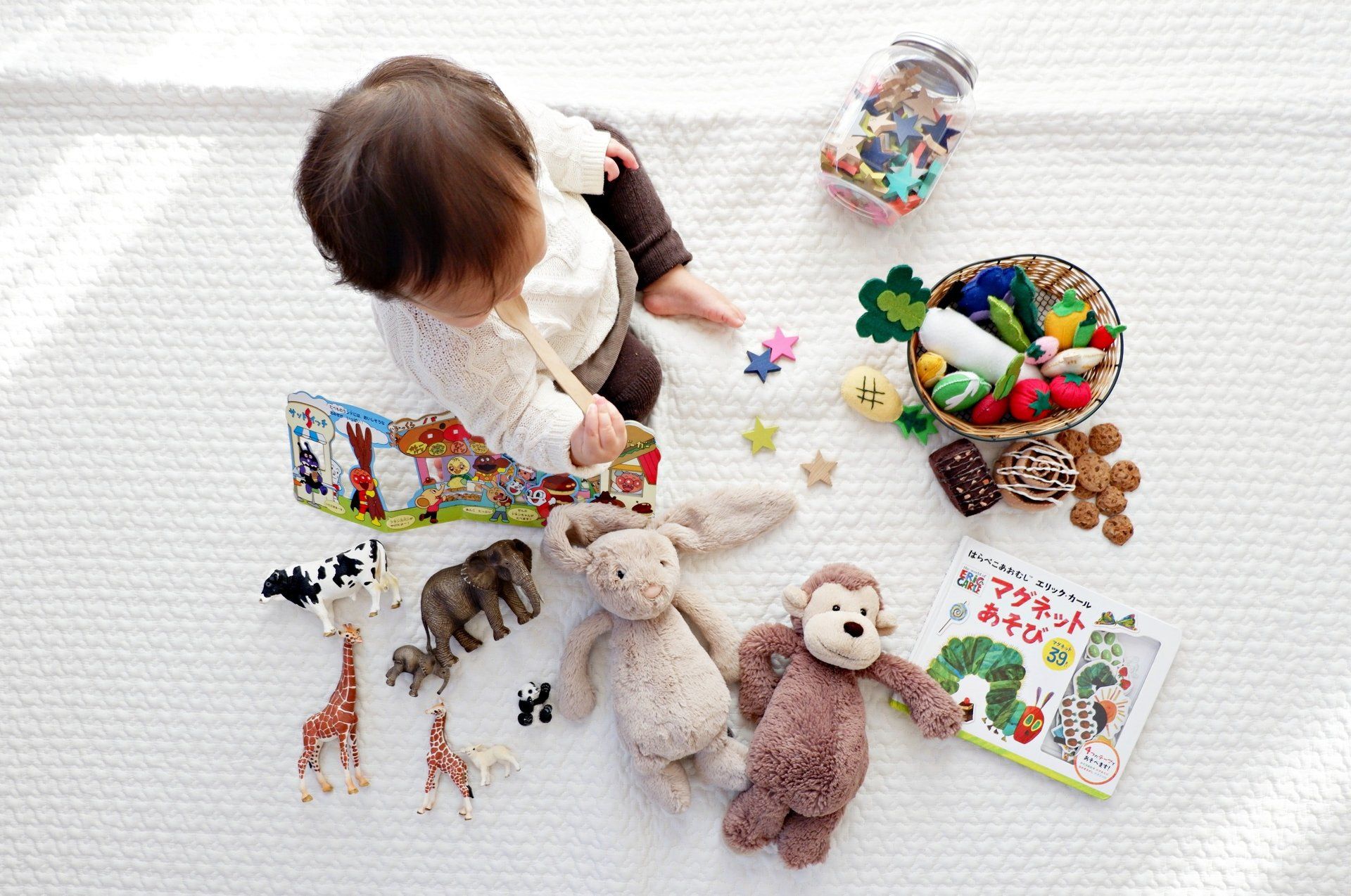Conflict Resolution for Toddlers
Conflict Management for Toddlers
Conflict resolution for kids
Spoiler alert: conflict at any age is totally normal and generally not something to be alarmed or worried about. Even as an adult, you’re not expected to agree with everyone all the time — your views, morals, ideas and needs are constantly differing from those of the people around you.
Every day, you engage in some kind of conflict. Surprised? Conflict doesn’t necessarily mean shouting, aggression, anger, or emotional meltdowns (although sometimes it does mean this for our toddlers).
Conflict simply means a “clash” of some kind. Helping your little one navigate big emotions and manage conflict in healthy ways is key to helping build your toddler build resilience, empathy, self-regulation, and emotional awareness. So, how can you do that?

What does conflict look like?
When we talk about “conflict”, we’re referring to a disagreement or difference in wants, needs or opinions. For children, this might be two toddlers wanting to play with the same toy, disagreeing over the actions to a song, or wanting to engage in different activities.
Effective toddler conflict resolution involves calmly finding a compromise or coming to an agreement. This is, of course, preferable to an escalation that involves aggression, or one person getting what they want while the other is left wanting or hurt. However you choose to tackle conflict resolution, remember this skill does not come naturally to most children (or adults for that matter) — it’s something that needs to be patiently taught, learned, and practised.
Why we love conflict
It’s a learning opportunity.
Rather than seeing conflict as a “problem”, see it as a powerful learning and growth opportunity. Does your child throw a tantrum when you gently say “no” to them eating dirt or snatching a toy? Their response might seem dramatic to us, but for them, they’re learning to navigate a big emotion — actually, it’s a basic form of grief. They really want to do something and aren’t allowed to, so now they’re working through a grieving process and learning how to process this emotion.
This conflict has taught them that it’s not okay to eat dirt because it might make them sick (or whatever your reasoning is). These small growth opportunities often help develop empathy, social expectations, and an understanding of fairness and justice. For example, a child may not know that taking their friend’s crayon is unkind until that friend gets upset, and conflict arises.
It develops autonomy.
Conflict is a huge developer of self-awareness and awareness of others. Engaging in conflict provides an opportunity for children to realise their feelings differ from someone else’s feelings. It also helps them see that their actions impact how another person feels, and they have the power to make someone feel “good” or “bad” through their actions and words. In other words, healthy conflict contributes to a more self-aware toddler in tune with the emotions of their peers.
What conflict resolution isn’t
Conflict avoidance.
The easiest option for conflict resolution often presents itself as conflict avoidance. However, this really isn’t a resolution at all — it’s an “escape”, and won’t build resilience, social skills, or empathy. A childhood of conflict avoidance often leads to adults who simply can’t cope with conflict because they never learnt how to deal with it. This person might be highly agreeable to avoid confrontation, and become extremely anxious when faced with avoidable conflict (even when very minor). They may not feel confident to stand up for themselves and feel embarrassed, cornered, or claustrophobic.
When you see your toddler coming into conflict, try to resolve it with them instead of removing them from the situation and never returning to it. Sometimes, a removal is best (for a cooldown period), but it’s important to revisit it later to apologise, come to an agreement, suggest a compromise, get closure, and so on.
Conflict escalation.
On the other hand, conflict resolution isn't conflict escalation. It seems obvious, but we all know someone who’s quick to become aggressive, defensive, or manipulative. In the toddler realm, this might look like a toddler walking away with a toy after being “given it” by a child who they’ve just screamed at. When this happens, it can be easy to tick it off as resolved.
This usually (not always) happens with individuals who are already quite confident and have a “dominant” personality. Those traits aren’t bad in themselves (we love a bold toddler!), but when paired with a timid toddler, can lead to the bolder personality type getting their way simply because they have the loudest voice. This is where an understanding of justice and empathy comes into play, which will be built through positive conflict interactions.
Teaching kids how to deal with conflict
Through the progression of their biological development and early education, children will pick up some of the basic skills needed to resolve conflicts. However, they still need to be “mentored” here. At Sagewood, we actively look for opportunities to teach and reinforce positive conflict management strategies. Here are some things we do to achieve that — you can use these when exploring conflict resolution at home, too.
1. Timing
It’s tempting to tackle conflict in the “here-and-now”. However, this may not be the right time and your little one might benefit from a cool-down period. Emotions are high in conflict, and logic can go out the window, so teaching new skills in this moment might prove challenging. They may become more upset, stressed, or even ashamed and embarrassed. Instead, take a break — have a drink, go for a walk outside, or read a book, and then talk about conflict when things are calmer.
2. Recognition
Conflict can bring up some pretty powerful emotions, and these can stop us from acting rationally. Helping your toddler understand what they’re feeling will help them regulate emotions more effectively and realise when they’re in a conflict moment. Similarly, understanding the context of what they’re feeling will help as well. Flashcards with facial expressions are useful here, as well as you naming different emotions as you see them. For example:
- “Look, your brother is laughing! What do you think he might be feeling?”
- “Oh dear, Elmo looks very angry, I wonder what made him so mad?”
- “Can you see Daddy frowning? Let’s ask him if he’s okay and why he’s doing that.”
3. Reassurance
Before you delve into resolution, start with reassurance. Make sure your toddler knows that what they’re feeling is normal and okay, but their actions aren’t okay. For example:
- “It’s okay to be upset that the TV is turned off, but it’s not okay to hit”.
- “I can see you're frustrated about not being able to put your sandals on, I find that annoying too! Just remember that’s it’s not okay to scream when you feel that angry feeling in your chest, you can always ask me for help instead”.
Explaining to your little one that disagreements are okay and normal will prevent them from feeling guilty or ashamed about how they feel, or like they have to “hide” natural emotions. It also helps them see that conflict doesn’t have to result in these negative behaviours like hitting or screaming, and their emotions can be released in different, healthy ways.
4. Solutions
Whether it’s a real conflict or you’re practising a hypothetical one, try making a list of possible responses.
- Could you make a compromise?
- Could you do both activities, but one after the other?
- What might happen if you take turns? Include negative responses as well so they can gauge which is appropriate and which is not.
- Could you smack the toy from their hand? Perhaps you could shout at them?
Ask your toddler how each response would make themselves and the other person feel. Then, have them pick a solution.
5. Statements
“I” statements place the speaker as the subject and prevent the other person from feeling attacked or embarrassed with a “you” statement. For example: “I felt sad when you took my toy because I wanted to play with it”. Using statements like these can help us to effectively convey our emotions without (even accidentally) sounding accusatory, such as “you were mean to me”.
6. Space
When we see a pending conflict, it’s tempting to step in early and prevent it from happening. However, giving your child space to practice conflict is important — otherwise, they’ll never learn how to navigate it! Try not to resolve the conflict for them or speak for them, give them space to work it out for themselves. Of course, if things escalate it’s perfectly fine to jump in some with suggestions.
7. Play
Imaginative play provides a safe space for children to try out their conflict resolution skills. Together, you can guide play scenarios involving conflicts. For example, “Oh dear, it looks like Dolly snatched Teddy’s blanket…”. See how your toddler responds and offer guidance when needed. Make it fun, and you may even catch them doing these scenarios with their siblings or friends.
8. Praise
When you witness your toddler attempting to resolve a conflict in a positive way (whether it’s real or pretend) give them lots of praise. Not only will they feel confident to do it again, but they’ll also be encouraged and feel more comfortable with conflict in general. This reinforces a positive association with conflict, compromise, and outcomes that work for everyone.
9. Role model
We’re sure you’ve noticed that your child is always watching. They’re like a little sponge, soaking up everything you do — and they can’t wait to copy you. Whenever you get into a conflict, either with them or another family member, act as you want your little one to. Try to remain calm, use “I” statements, and negotiate possible solutions that benefit both parties.
Key takeaways
- Conflict is normal and expected (even for us adults!).
- Conflict resolution is not necessarily a natural skill — we all need to learn and practice it.
- Shift your mindset from, “conflict is bad” to, “conflict is a learning opportunity”.
- It’s okay and normal to be upset — it’s how you handle the feeling of being sad, frustrated, or angry that matters.
We’re doing it, too
At Sagewood, we see conflicts every day. Don’t let that alarm you! Each child here is lovingly guided through a conflict when needed, and many resolve them peacefully on their own. If you have any questions on how we handle conflict at our Early Learning Centre, please don’t hesitate to get in touch.




